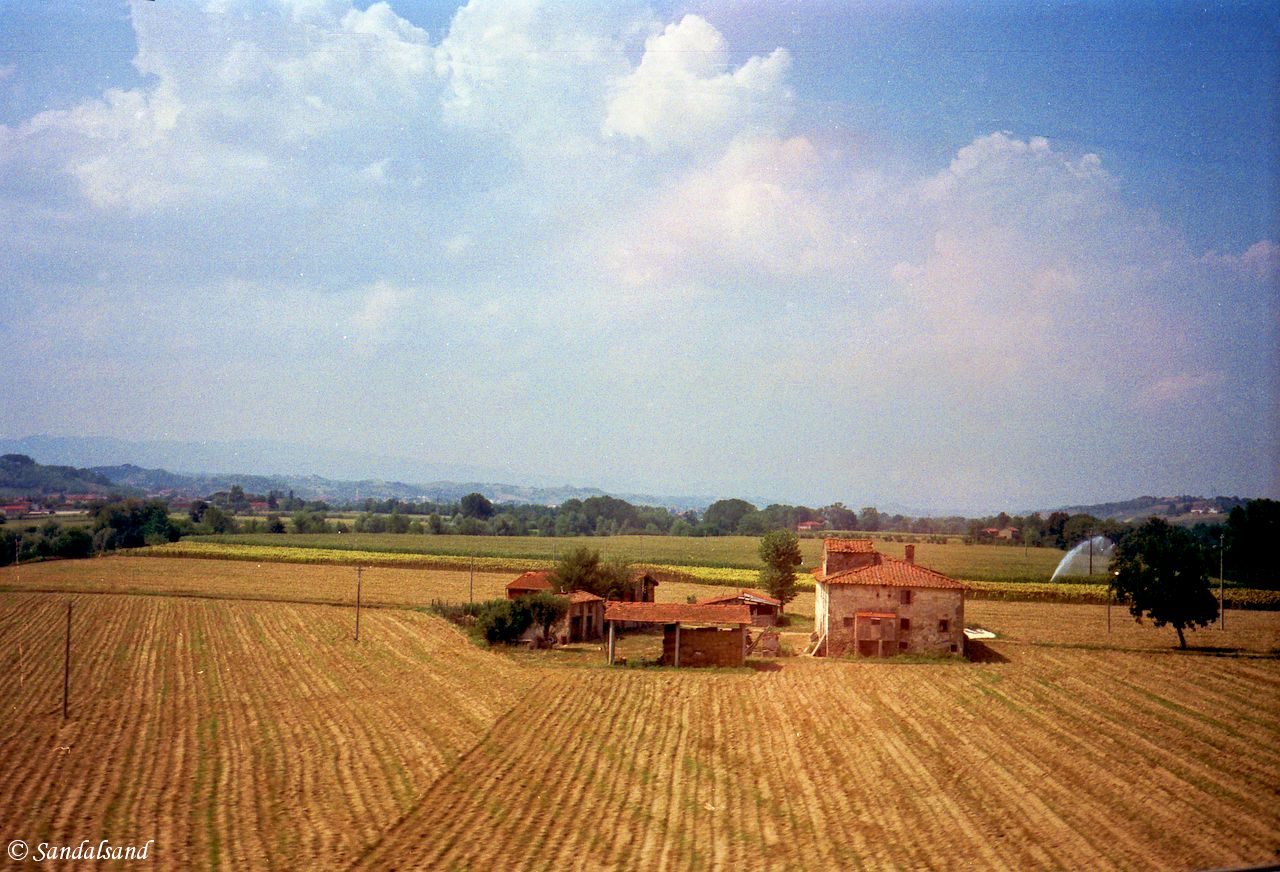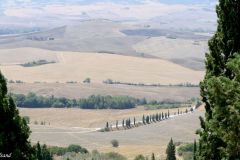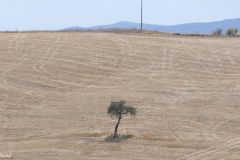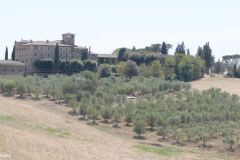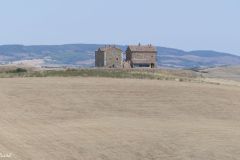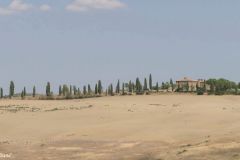The Val d’Orcia is a valley designed hundreds of years ago to look good, and it still does. Join me on a visit to this Italian landscape.
The UNESCO World Heritage List includes more than a thousand properties with outstanding universal value. They are all part of the world’s cultural and natural heritage.
Official facts
- Country: Italy
- Date of Inscription: 1987
- Category: Cultural site
UNESCO’s World Heritage Centre’s short description of site no. 1026:
“The landscape of Val d’Orcia is part of the agricultural hinterland of Siena, redrawn and developed when it was integrated in the territory of the city-state in the 14th and 15th centuries to reflect an idealized model of good governance and to create an aesthetically pleasing picture. The landscape’s distinctive aesthetics, flat chalk plains out of which rise almost conical hills with fortified settlements on top, inspired many artists. Their images have come to exemplify the beauty of well-managed Renaissance agricultural landscapes. The inscription covers: an agrarian and pastoral landscape reflecting innovative land-management systems; towns and villages; farmhouses; and the Roman Via Francigena and its associated abbeys, inns, shrines, bridges, etc.”
My visit
I do believe that this valley is what so many feel is the very heart of Tuscany, that beckoning part of Italy. I passed through this area on train in 1991 and by car in 2007 to and from Siena. In 2017 I returned to pay a visit to the city of Pienza, located within the boundary of the Val d’Orcia World Heritage Site, and also on this famous List. On this occasion I took time to do a more thorough investigation of the countryside.
Read more about my visits in 1991, 2007 and 2017.
Browse to the PREVIOUS or NEXT post in this series.

